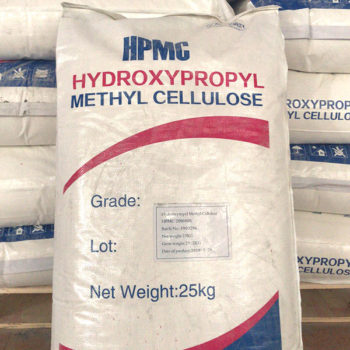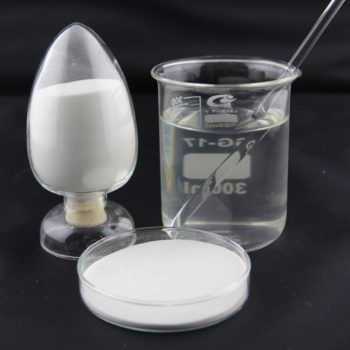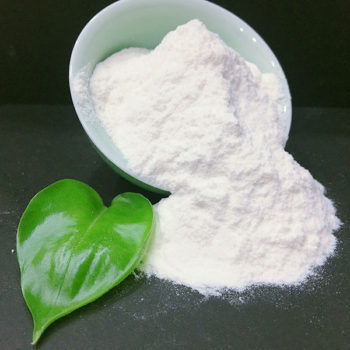Factors affecting HPMC viscosity
1, the relationship with the degree of polymerization
The viscosity of the hydroxypropyl methylcellulose solution is proportional to the degree of polymerization (DP) or molecular weight or molecular chain length, while other parameters are unchang.
The degree of polymerization is increased, and this effect is more pronounced in the case of a lower degree of polymerization than in the case of a high degree of polymerization.
2, the relationship between viscosity and concentration
The viscosity of hydroxypropyl methylcellulose increases as the concentration of the product in the aqueous solution increases. Even a small change in concentration,so causes a large change in viscosity.
As the nominal viscosity of hydroxypropyl methylcellulose increases. So the effect of the change in solution concentration on the viscosity of the solution becomes more and more obvious.
3. Relationship between viscosity and shear rate
The aqueous solution of hydroxypropylmethylcellulose has shear thinning characteristics,So hydroxypropylmethylcellulose having different nominal viscosities is formulate into a 2% aqueous solution. The viscosity at different shear rates was measure separately.
At low shear rates, there was no significant change in the viscosity of the hydroxypropyl methylcellulose solution. As the shear rate increases, the viscosity of the hydroxypropyl methylcellulose solution with higher nominal viscosity decreases more significantly, while the low viscosity solution does not decrease significantly.
4, the relationship between viscosity and temperature
The viscosity of hydroxypropyl methylcellulose is greatly affect by temperature, the temperature rises, and the viscosity of the solution decreases. Formulated into a 2% aqueous solution to determine the change in viscosity with temperature.
If you have any questions, you can send them to my email : tanyatao@qinahaochem.com
whatsapp: 17718245679



